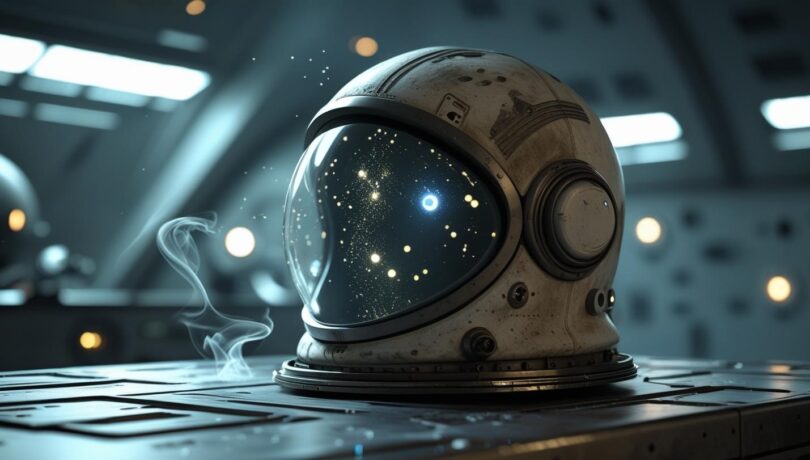Space might be a silent vacuum, but to astronauts, it has a smell — and it’s unforgettable. When astronauts return from spacewalks and remove their helmets, the lingering scent on their suits surprises almost everyone.
NASA astronauts have described the smell of space as a mix of burnt metal, gunpowder, seared steak, welding fumes, and ozone. It’s nothing like Earth smells. It’s strong, strange, and instantly noticeable. But how can space, which has no air, have a smell at all?
How astronauts smell space without air
Outer space is a vacuum. That means there’s no air, no oxygen, and no molecules floating around that can carry scent. So technically, space itself does not have a smell you could breathe in.
But here’s where it gets interesting: when astronauts return from a spacewalk and enter the airlock, their suits and equipment carry molecules that were exposed to the vacuum. Once they re-enter an environment with air, those molecules react — and that reaction is what astronauts smell.
It’s not the smell of space itself. It’s the result of chemical reactions caused by exposure to radiation, atomic oxygen, and the extreme conditions of space.
What astronauts say space smells like
NASA astronauts and scientists have tried to describe the smell for decades. Here are a few real quotes and descriptions:
- “It smells like burned steak or welding fumes.”
- “Almost like ozone or hot metal.”
- “A distinct, metallic smell, like something just came out of a machine shop.”
- “It’s not pleasant, but not horrible. Just strange.”
These reactions aren’t just personal opinions. They are consistent, repeated reports from dozens of astronauts who’ve worked on the International Space Station (ISS) and earlier missions.
Why does space cause that smell
When high-energy particles like solar radiation or atomic oxygen hit metal or carbon materials in space, they leave behind a residue of volatile compounds. Once these particles interact with air inside the spacecraft, astronauts can detect them with their noses.
Some of these compounds include:
- Polycyclic aromatic hydrocarbons (PAHs) – which also appear in burning coal or barbecues
- Ionized gases and oxidized metals – which create that hot, electrical smell
- Decomposed plastics or exposed lubricants – which can add synthetic or acidic tones
Essentially, space leaves a chemical “fingerprint” on everything it touches — and our noses are sensitive enough to notice it when the environment allows.
Why NASA studied and recreated the smell
NASA has even worked with chemists and fragrance experts to recreate the smell of space for astronaut training. The scent was used to help prepare astronauts mentally for the unusual sensory experience of a spacewalk.
This project later inspired a commercial fragrance called “Eau de Space,” which was briefly available to the public through crowdfunding — made using notes of gunpowder, seared meat, ozone, and smoky metal.
What this tells us about space and human perception
The fact that astronauts can describe space by smell, even in a vacuum, reveals a lot about:
- How sensitive the human nose is
- How materials react under extreme conditions
- How space isn’t as empty as we think
This odd, burned-metal scent is one of the many strange experiences that makes space feel otherworldly and unforgettable — and it connects astronauts across generations.





